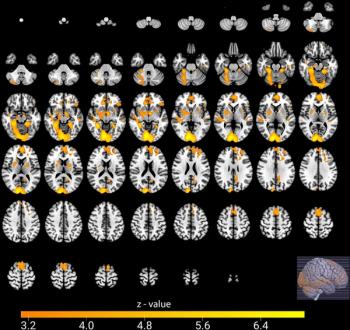
- Diagnostic Imaging Vol 31 No 11
- Volume 31
- Issue 11
64-row CTA tops DSA in brain aneurysm detection
Thanks to a near-perfect performance in a large cohort study in China, 64-slice CT angiography has shown it could replace digital subtraction angiography as the modality of choice for detecting suspected brain aneurysms at risk of spontaneous subarachnoid hemorrhage.
Thanks to a near-perfect performance in a large cohort study in China, 64-slice CT angiography has shown it could replace digital subtraction angiography as the modality of choice for detecting suspected brain aneurysms at risk of spontaneous subarachnoid hemorrhage.
Dr. Qi Li and an investigative team at Chongqing Medical University enrolled 108 consecutive patients with suspected intracranial aneurysms who underwent 64-slice CTA and DSA between May 2006 and June 2007. The investigators used combined DSA and surgical findings as the reference standard to compare CTA results.
Both modalities detected the same number of aneurysms. But CTA enabled radiologists to make more reassuring diagnoses with 3D techniques such as volume rendering and maximum intensity projections, which helped skirt overlapping anatomic structures and artifacts and provide accurate lesion characterizations. The findings were published in the September issue of Radiology.
Articles in this issue
about 16 years ago
CMS accreditation could crimp in-office self-referralabout 16 years ago
Nonphysician extenders can boost productivityabout 16 years ago
Think outside the box and we'll clean up D.C.about 16 years ago
Radiologists in war-torn country reach out for global supportabout 16 years ago
Just another day in the Baghdad Teaching Hospitalabout 16 years ago
RIS/PACS serves as building block for electronic medical recordsabout 16 years ago
Diagnostic Imaging at 30about 16 years ago
Canadian province probes new radiology reading messabout 16 years ago
Winners get free mammograms!about 16 years ago
Ultrasound aids restaging of melanomaNewsletter
Stay at the forefront of radiology with the Diagnostic Imaging newsletter, delivering the latest news, clinical insights, and imaging advancements for today’s radiologists.



























